The release of the Australian Institute of Marine Science’s Annual Summary Report on Coral Reef Condition for 2021/22 has exposed a major scandal in Australian environmental management – not only has the reef recovered from damage 10 years ago, but it is at record levels.
This should revolutionise how the Great Barrier Reef is managed, end some executive careers, as well as open a new and optimistic chapter in the life of the reef.
For years, the primary economic purpose of the Great Barrier Reef hasn’t been generating tourists for Queensland, but ARC grants for academics and matching Commonwealth Grants for the Queensland government dedicated to ‘saving’ the reef.
Generations of scientists and politicians have guaranteed the federal government that if it doesn’t pay up, the reef will (metaphorically) get it. The reef’s iconic status has been paraded through the outrage press for (what feels like to many) the sole purpose of threatening to extort us.
While the revealed health of the reef is a matter for celebration, it is also a major scandal that the recovery, which underway since around 2012, has not been celebrated by AIMS. Instead, AIMS appear to have kept it oddly quiet. The last time they published aggregated figures for the reef was 2016-17 in the lead-up to the 2019 election when the reef was an issue for voters.
Since then, we have had 5 years of catastrophism, culminating in the most recent threat by Unesco to list the reef as endangered.
And the only reason we now have aggregated figures for the whole reef is because Peter Ridd took the AIMS data and did it for us. Someone has to be held responsible for this dereliction of duty.
Can the reef use this good news to break away from its captors? Perhaps. There are some financial incentives for the federal government to revise its policies on the reef.
Federal Treasurer Jim Chalmers is looking for savings he can make in this October’s Budget 2.0. There is somewhere around $1 billion he can recover from money that has been promised to save the Great Barrier Reef, because it’s not really needed.
What’s more, by reversing the public relations polarity on the reef, Chalmers should be able to turn it into a profit centre generating tax revenue from tourists coming to see the resurrected reef, and visiting science delegations trying to duplicate the miracle.
This is a graph of Great Barrier Reef coral cover, teased from the AIMS data by Dr Peter Ridd. It shows a steady decline in coral cover from around 25 per cent to 10 per cent in 2012 and then a relatively steady increase to around 35 per cent over the next 10 years. That’s not trivial. 35 per cent is 40 per cent higher than the ‘historical’ maximum in 1986.

What this graph shows is that from around 2016 coral cover was at levels not unusual for the recorded history of the reef, and that from 2017 they were mostly well-above it.
Acute readers will realise this recovery coincides with the election of Tony Abbott as Prime Minister, and was accelerating while Malcolm Turnbull was Prime Minister. Yet it didn’t stop Turnbull dedicating $444 million to saving the reef.
But then, it’s never been about the reef. When Labor is in power, the Greenies and Internationalist Malthusians go quiet. This is their side in power and they hope to get what they want through stealth and negotiation.
When the Coalition is in power, all hell breaks loose, even when, as we can see, reality contradicts the narrative.
The really stunning thing about this graph is that the reef saved itself before any of the loony god-complex schemes hatched by environmentalists have had any chance to be implemented. Ideas like shading the Great Barrier Reef, or pumping cold water onto it so it doesn’t suffer from bleaching, or transplanting bleach-resistant corals.
It turns out that nature and evolution, or perhaps even God theirself, is more than up to the job without personkind’s intervention.
And all this while Adani has started up its operations and we are shipping more coal and gas through the reef than ever before, and sugar production is on an uptrend. It’s clear that the industries fitted-up with the ‘demise’ of the reef can’t be blamed for anything.

Source Queensland Government Statisticians Office
Of course, the entrenched academic and ideological interests are determined that good news is really bad news. So we are told that while the cover may have rebounded, it is the wrong sorts of corals, and that things could easily reverse.
It may also be the case that the measurement of the reef is tainted by ideology and confirmation bias. The reef is surveyed by using a Manta tow to drag a snorkeller behind a slow-moving boat. That swimmer – probably a junior scientist or intern – makes an estimate of the amount of coral cover. I’ve queried Peter Ridd about this subjective method and he estimates that it may have a +/- 10 per cent measurement error (which doesn’t stop AIMS expressing cover to one decimal point, a rookie statistics error).
That means the 10 per cent minimum cover around 2012 may actually have been 20 per cent. At that time the narrative was that the reef had virtually vanished, a thriving tour boat industry to the contrary. Our snorkeller would have felt pressure to come up with a low figure – that might explain it.
In the last few years Peter Ridd and Jennifer Marohasy, under various IPA programs, have been fact-checking claims of reef degradation through direct observations and mini-documentaries like ‘Finding Porites’. Now when you’re towed over the reef the existence of auditors might be running around in the back of your mind, and there would be pressure to over-estimate cover. So the 37 per cent cover estimated now might be only 27 per cent.
This would mean a much more static and less dynamic reef, but again that is good news because it would mean that for 36 years the reef has maintained itself, contrary to the current narrative, and without our help.
We’ll never know how subjective the measures are because AIMS does not even attempt to take a photographic survey of the reef, despite this being world’s best practice. In Japan, they have used a towed optical camera array system that photographs the reef and can generate a 3D structure models with a resolution down to 10 centimetres. They can use AI on to generate replicable figures for cover. Their system is also 47 times as productive as our intern, scanning 7000 sqm/hr to her 150.
Accuracy and replicability do not appear to be things that overly concern AIMS. Marohasy reports on her blog that between March 6-22, two different groups from AIMS observed the John Brewer reef. The first group didn’t observe any bleaching, but claimed only 21.8 per cent coral cover – they were in the water – and the second group significant bleaching between 30-60 per cent – they were flying over at 150 metres. Marohasy filmed the reef for her latest documentary between April 10-12. She found some bleaching and abundant reef cover – over 100 per cent in some places.
What is the right amount of coral cover? That is a very good question, for which there appears to be no definitive answer. It depends. For example, some reefs have corals all over their crests, while others that are exposed at low tide, having survived from the time a few thousand years earlier when sea levels were higher, only have coral on their perimeter.
So the extortion gig is up, but there are some things the Treasurer could fruitfully redirect just a few dollars to.
They say that if you can’t measure it, you can’t manage it. Measurement of the reef is a mess. He needs to let an international tender for someone to take this job over from AIMS. Marohasy’s experience at John Brewer suggests that not only are they incompetent, but they may be negligent – the reef was either bleached, or it wasn’t. They can’t record it in both states like some sort of marine Schrodinger’s cat.
Apart from water surveys, coring large corals like the Porites to track coral growth, and establishing fixed survey areas on selected reefs, also provide valuable, high-resolution insights into coral health.
It’s also an opportunity to modernise scientific research.
We know that over 50 per cent of published scientific studies are wrong. This might not matter much when ARC grants are based on them, but it sure as hell does when serious public money is spent on the spurious. Just as we have an auditor-general to check general government expenditure there needs to be a science-auditor to check government science.
Checks and balances are obviously missing in this area, and they have allowed systemic fraud to take place.
Finally, not only should the government oppose the listing of the Great Barrier Reef by Unesco as endangered, but we should be pushing for its recognition as one of the continuing and greatest success stories of nature.
The only thing endangered about the reef ought to be the ideological ‘terrorists’ masquerading as scientists who held it hostage for so long.
Graham Young is executive director of the Australian Institute for Progress and founder and editor of On Line Opinion.
Got something to add? Join the discussion and comment below.
Get 10 issues for just $10
Subscribe to The Spectator Australia today for the next 10 magazine issues, plus full online access, for just $10.

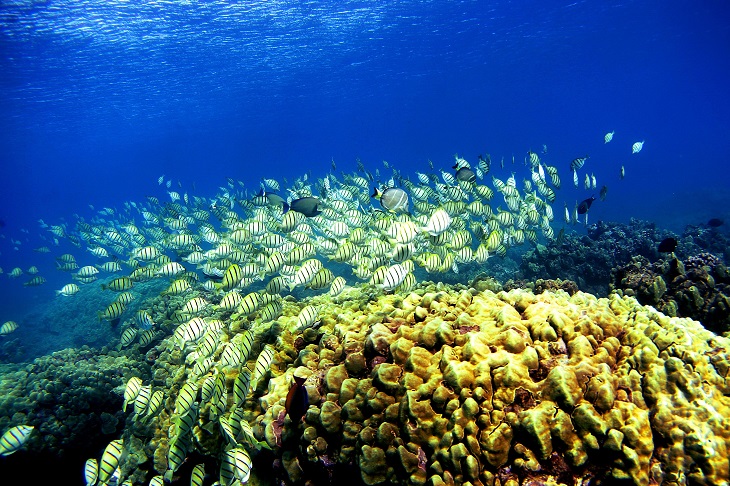
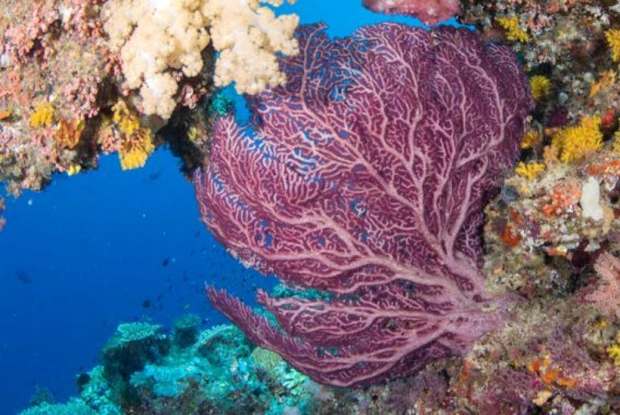
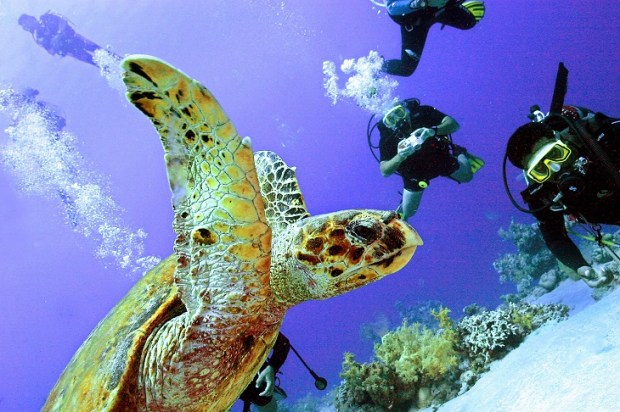


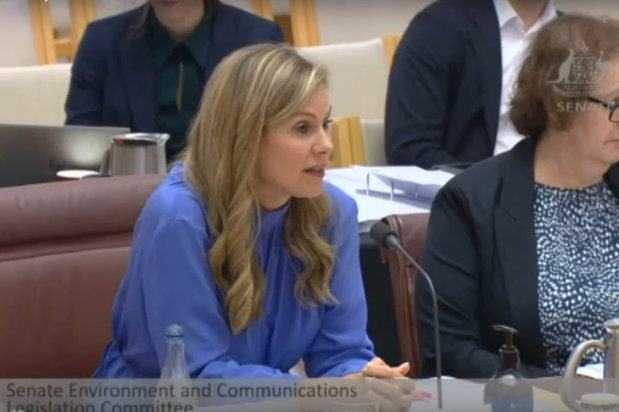
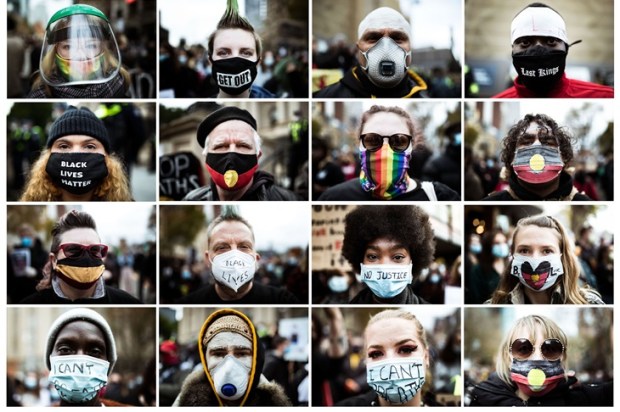








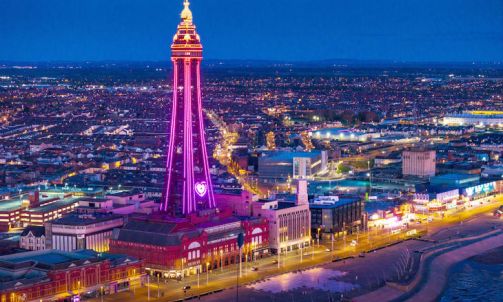

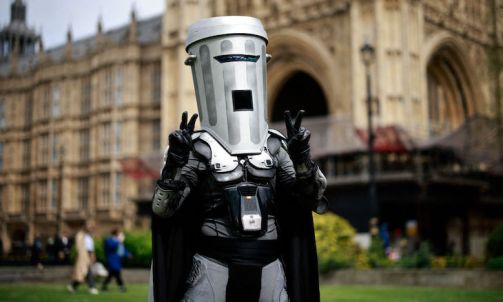
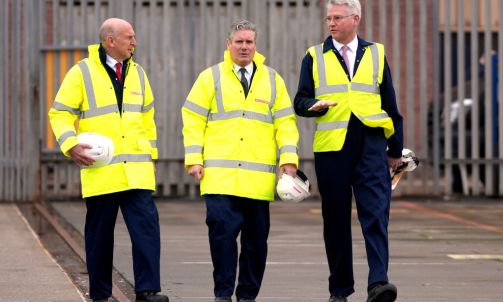






Comments
Don't miss out
Join the conversation with other Spectator Australia readers. Subscribe to leave a comment.
SUBSCRIBEAlready a subscriber? Log in